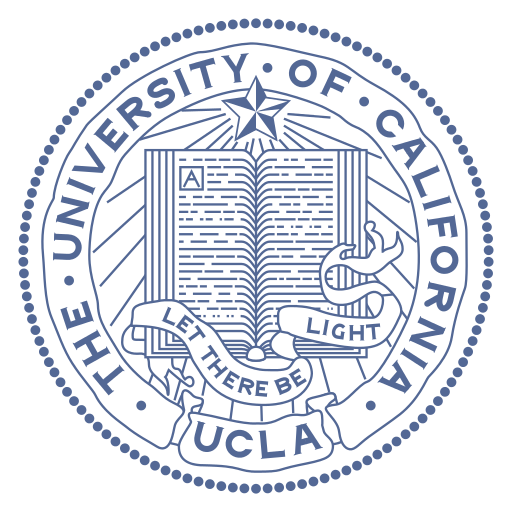Research overview
Broadly speaking, our work centers on understanding and harnessing the power of quantum interactions to to enable new tests of fundamental physics and new technology. Our work towards these goals is roughly divided into five distinct efforts.
The first effort is working towards a nuclear clock architecture based on thorium-229 atoms, which promises to outperform current atomic clocks in both stability and robustness. In addition to its obvious applications for time-keeping, this experiment should allow an unprecedentedly accurate test of the variability of the fundamental constants.
The second effort is working to develop a generally applicable means to produce ultracold molecular ions and measure their quantum states. If samples of ultracold molecular ions can be produced they should enable quantum control of ultracold chemistry, precision tests of fundamental physics, and a new platform for quantum computation and simulation.
The third effort, in collaboration with Prof. Wes Campbell, involves neutral molecular collisions with ions. By observing the chemical reactions of a cryogenically cooled beam of molecules and trapped ions, we are able to gain insight into the interstellar medium. The fourth effort, also in collaboration with Prof. Campbell, involves the development of 133Ba+ as a nearly ideal quibit. This radioisotope possesses unique properties that make it an attractive candidate for quantum computing and information, such as a hyperfine clock state that is favorable for initialization and detection, as well as for coherence protection.
The final effort is part of a collaborative search for sterile neutrinos, a viable dark matter candidate, through the use of energy-momentum reconstruction. By observing the decay of a radioactive cesium MOT through atomic K-capture events, this experiment should allow us to detect the presence of keV sterile neutrinos.

